Whether you’ve seen one in a high-end kitchen or stumbled upon a pretty pink slab at your local store, a Himalayan salt block is much more than just eye candy. This ancient mineral-rich stone isn’t just for show—it can turn your meals into something truly memorable. From sizzling steaks to delicate seafood, a Himalayan salt block adds natural seasoning, trace minerals, and a slight smoky edge that makes food taste simply better.
In this guide, we’ll walk you through everything you need to know—from what exactly it is, to cooking with it, cleaning it, and even a simple, flavorful recipe you can try at home.
What is a Himalayan Salt Block?
Naturally Formed, Rich in Minerals
A Himalayan salt block, often pink in color, is carved from ancient salt deposits found deep in the mountains of Pakistan. These blocks are made from natural rock salt that’s estimated to be over 250 million years old. Thanks to the unique mineral content—including trace amounts of magnesium, calcium, and potassium—the block gets its signature hue and offers more than just sodium.
You might’ve seen terms like “pink Himalayan salt block” or “salt stone cooking plate”—they’re all referring to the same versatile kitchen tool. The mineral-rich surface imparts a mild seasoning to food while cooking or serving, making it a favorite among home cooks who want both flavor and style.
Types and Sizes for Cooking
Pink salt slabs come in several sizes and shapes. Some are thick and heavy for high-heat cooking, while others are thin and ideal for cold serving platters. The most common types include:
- Rectangular cooking blocks (for grilling or searing)
- Round plates (for baking or presentation)
- Salt dome cloches (for curing meats or fish)
You can use them over a grill, in the oven, or even chill them to serve desserts or cold dishes. For example, one of the most-read pages on our site is about the Pink Himalayan Salt itself, while others dive into what is the pink salt trick—a great health companion beyond the kitchen.
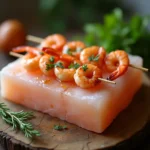
Himalayan Salt Block Shrimp Skewers
Ingredients
- 1 lb large shrimp peeled and deveined
- 1 tablespoon olive oil
- 1 teaspoon garlic powder
- 1 lemon juice only
- 1/2 teaspoon paprika
- fresh chopped parsley for garnish
Instructions
- Place the salt block on a cold grill or gas stove. Heat it gradually over 30-40 minutes until it reaches approximately 400°F.

- In a bowl, mix olive oil, garlic powder, paprika, and lemon juice. Add shrimp and toss to coat evenly.
- Optional: Skewer the shrimp for easier handling on the salt block.
- Carefully place shrimp on the hot salt block. Cook for 2–3 minutes per side until opaque and slightly charred.
- Remove the shrimp and garnish with fresh chopped parsley. Serve immediately.
Notes
Simple Recipe: Himalayan Salt Block Shrimp Skewers
Cooking shrimp on a hot salt slab is one of the easiest and most satisfying ways to use your Himalayan salt block.
Ingredients
- 1 lb large shrimp (peeled and deveined)
- 1 tbsp olive oil
- 1 tsp garlic powder
- Juice of 1 lemon
- 1/2 tsp paprika
- Fresh chopped parsley (for garnish)
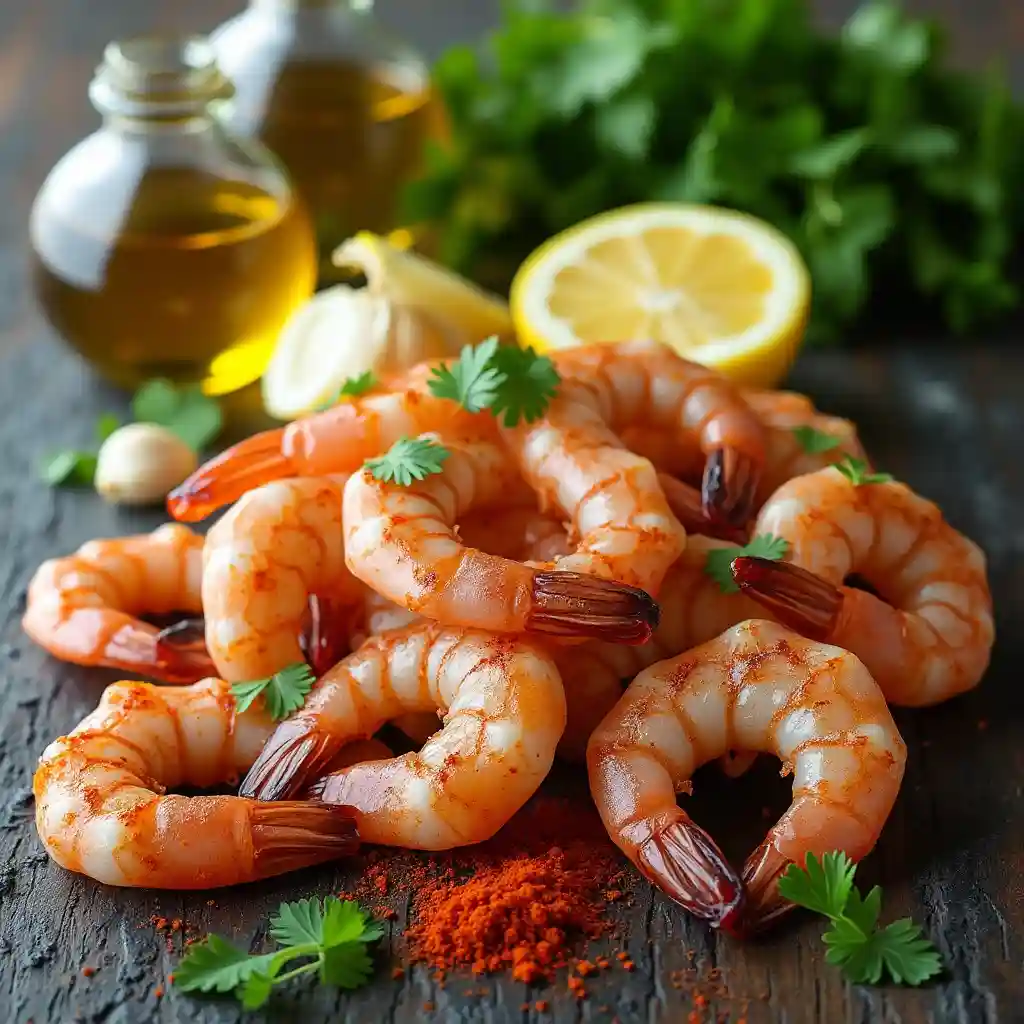
Instructions
- Place the salt block on a cold grill or gas stove. Heat it gradually over 30-40 minutes until it reaches ~400°F.
- In a bowl, combine olive oil, paprika, garlic powder, and fresh lemon juice. Add shrimp and toss to coat.
- Skewer the shrimp (optional).
- Carefully place shrimp on the hot salt block. Cook 2–3 minutes per side until opaque and slightly charred.
- Remove and garnish with parsley. Serve immediately.
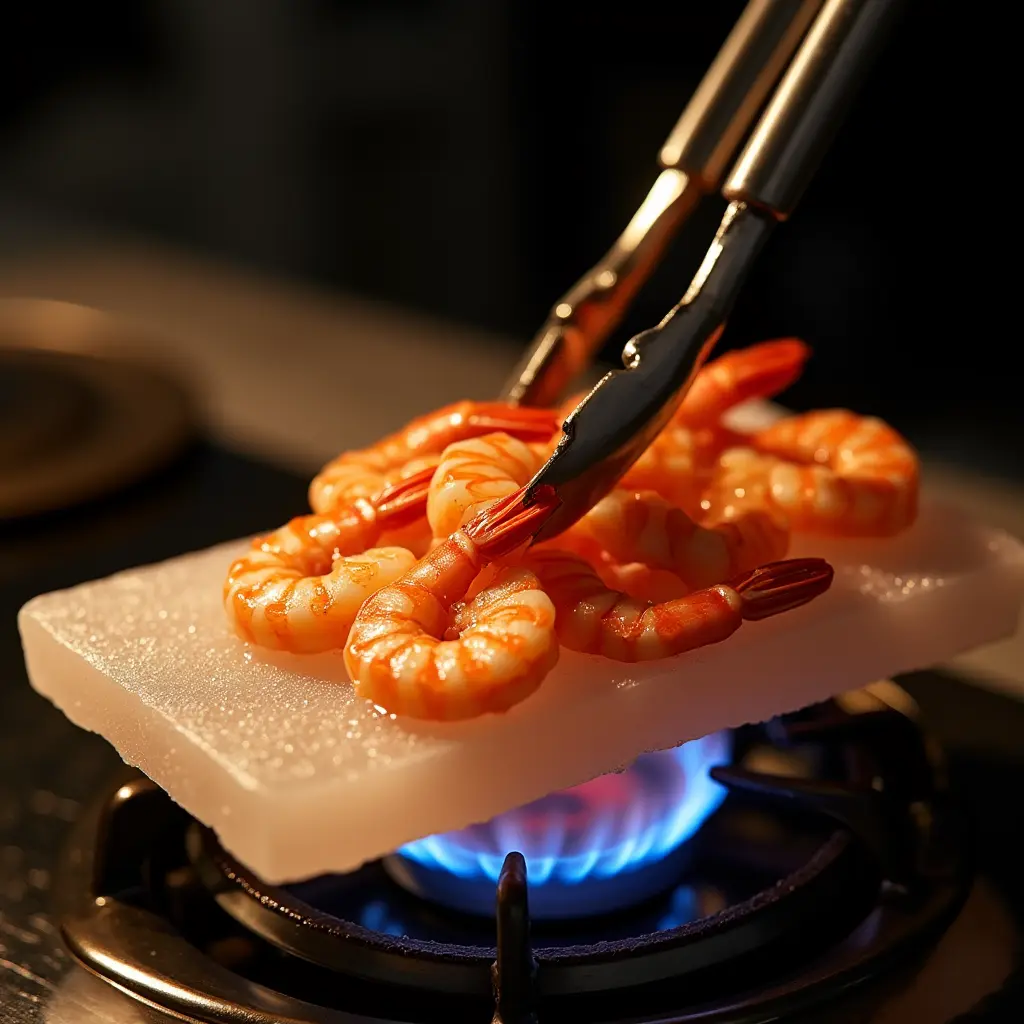
Tips
- Always heat the block slowly to prevent cracking.
- Use metal tongs for flipping shrimp.
- Never use soap to clean the slab—scrape with a spatula and wipe down with a damp cloth.
Nutrition Table
| Nutrient | Per Serving (4 oz shrimp) |
|---|---|
| Calories | 160 |
| Protein | 26g |
| Fat | 6g |
| Carbs | 2g |
| Sodium | 540mg (from salt block) |
Benefits of Using a Himalayan Salt Block
Health Benefits
Cooking on a Himalayan salt block isn’t just about looks or taste—it might offer subtle wellness perks, too. Since the block contains trace minerals like magnesium, calcium, and potassium, some of those nutrients may transfer to your food in small amounts. While it’s not a cure-all, using a pink Himalayan salt block allows you to season food more gently than with table salt. The result? Meals that are flavorful but lower in overall sodium content.
Plus, the natural antimicrobial properties of salt mean your block is less likely to harbor bacteria, making it a cleaner surface for both hot and cold dishes. For those watching their sodium intake, the flavor-enhancing qualities of the salt surface help you use less overall.
According to Healthline’s review on Himalayan salt, while the health benefits may be modest, the mineral content does make it stand out from regular table salt. And for those concerned about sodium levels, Healthline also provides insights on how much sodium is too much, helping you make informed choices at every meal.
Curious how salt has been used in wellness routines? Many readers enjoyed our article on the Pink Salt Recipe for Weight Loss and the Pink Salt Trick for Weight Loss, which explore how natural pink salt is incorporated into daily health habits.
Culinary Advantages
A Himalayan salt block transforms your cooking with just one surface. It distributes heat evenly and holds it well, making it ideal for searing proteins, grilling veggies, or even baking. The best part? Food picks up a delicate saltiness that’s unlike anything you’d get from shaking a salt shaker.
Presentation also gets a big boost. Whether you’re serving chilled appetizers or hot steaks, a pink salt slab brings wow factor to the table. Many chefs even chill the block for desserts like fruit or ice cream, giving guests a flavorful surprise.
Cooking with a salt block also helps retain moisture in lean cuts of meat or fish. Because the seasoning is gradual and even, it prevents over-salting and allows natural flavors to shine through.
How to Use a Himalayan Salt Block for Cooking
Cooking Techniques
Using a Himalayan cooking salt block is easy, but it requires patience and the right steps. First, your block must be tempered—meaning heated slowly—especially before its first use. Sudden temperature changes can cause cracks, so gradual heating is key.
Here’s a quick heating guide:
- Gas Stove: Place the block on the burner and start on low heat for 15 minutes, then increase to medium for 15 more, and finally to high.
- Grill: Place the salt slab over indirect heat and follow the same time intervals.
- Oven Use: Place the block in a cold oven, then heat slowly to about 400°F.
Once heated, it’s ready for meat, seafood, or vegetables. Always allow the block to cool naturally before cleaning. Never rinse under cold water while it’s hot.
One of our favorite methods is grilling proteins like chicken. Try pairing this technique with our reader-favorite Spicy Grilled Chicken Caesar Salad or learn how baking with seasoning-rich slabs works like in our Spicy Crispy Baked Chicken Thighs.
Baking Recipe: Salt Block Flatbread with Herbs
Baking on a Himalayan salt plate gives bread a crispy crust and a subtle salty touch—no extra seasoning needed.
Ingredients
- 1 cup all-purpose flour
- 1/2 tsp instant yeast
- 1/4 cup warm water
- 1 tbsp olive oil
- 1/2 tsp dried thyme
- 1/4 tsp rosemary
- Optional: grated parmesan for topping
Instructions
- Mix flour, yeast, and herbs in a bowl. Add water and olive oil until dough forms.
- Knead for 5 minutes. Let it rise for 45 minutes covered.
- Preheat the salt block gradually to 400°F on grill or oven.
- Roll dough thin, about 1/4 inch. Dust with flour.
- Place dough on the hot block using a spatula.
- Bake for 5–7 minutes per side until golden and puffed.
- Remove, let cool, and serve immediately.
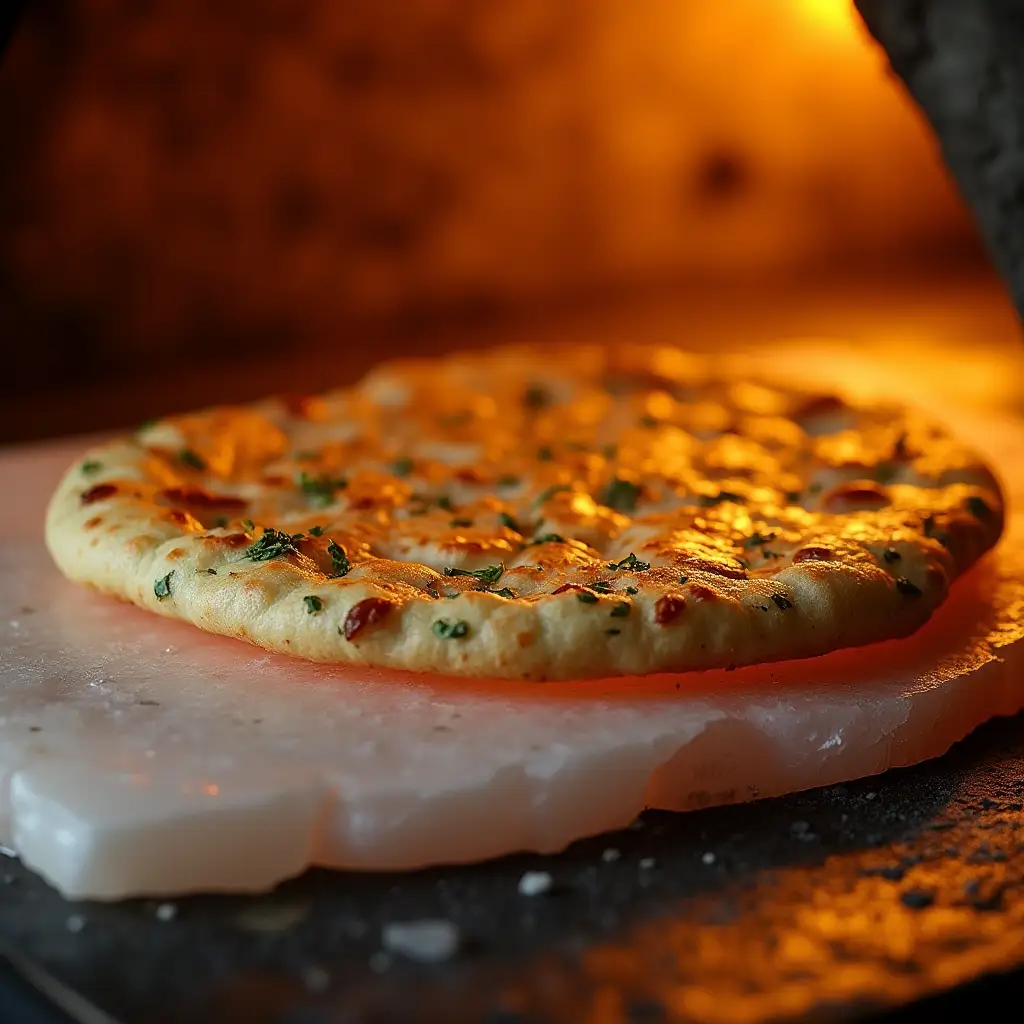
Tips
- Test block heat by sprinkling water. It should sizzle instantly.
- Avoid sugary toppings; they burn quickly on the slab.
- Use a metal spatula for flipping.
Nutrition Table
| Nutrient | Per Slice (1 of 4) |
|---|---|
| Calories | 140 |
| Carbohydrates | 23g |
| Protein | 3g |
| Fat | 4g |
| Sodium | 320mg (from salt block) |
Caring for Your Himalayan Salt Block
Cleaning Tips
After using your Himalayan salt block, proper cleaning is essential to preserve its surface and structure. Never put it under running water or soak it. Salt dissolves quickly, and too much moisture will erode the block or cause cracks over time.
Instead, let the block cool completely—this may take a few hours. Once cooled:
- Use a soft spatula or metal scraper to gently remove any stuck-on bits.
- Wipe it down with a damp sponge or cloth. Avoid using soap—it can get absorbed and affect the flavor of your next meal.
- Dry it thoroughly with a clean towel.
If oils or juices stain the block, that’s completely normal. These won’t affect the taste of future dishes.
If you’re a fan of making your own seasoning blends, consider pairing your block-cooked foods with homemade options like the ones featured in our How to Make Salt and Vinegar Seasoning.
Storage Recommendations
Once your block is clean and dry, store it in a cool, dry place. Wrap it loosely in a paper towel or a cotton cloth and keep it on a shelf or in a cupboard where moisture won’t reach it. Avoid airtight containers—they trap humidity, which can cause the block to sweat or deteriorate.
Don’t worry if your block changes color slightly over time or develops minor cracks—that’s a sign of use, not damage. With good care, your Himalayan salt block can last for dozens of uses.
Interested in adding more salt-based recipes to your kitchen routine? You might enjoy these wellness-forward dishes on our blog like Pink Salt Weight Loss Recipes, packed with flavor and simplicity.
Where to Buy a Himalayan Salt Block
Options for Purchase
If you’re ready to bring a Himalayan salt block into your kitchen, you have plenty of options. Many local kitchenware shops and natural food stores carry them in the grilling or specialty cooking section. Online platforms such as Amazon, Sur La Table, and specialty retailers like Williams Sonoma offer a wide range of slabs in different sizes and finishes.
Make sure the product is labeled as food-grade Himalayan salt. Look for blocks sourced from Pakistan’s Khewra Salt Mine—the most authentic and mineral-rich source.
Pricing Considerations
Prices typically range from $20 to $70, depending on thickness, polish, and dimensions. Thicker blocks retain heat longer and last through more uses. While thinner slabs are more affordable, they’re best for serving rather than cooking.
FAQs About Himalayan Salt Blocks
What is a Himalayan salt block used for?
It’s used for cooking, grilling, baking, chilling, and serving. When heated, it becomes a natural cooking surface for meats, seafood, and vegetables. When chilled, it’s great for serving desserts, sushi, or fruits.
How long does a Himalayan salt block last?
With proper care, it can last for 20–30 uses or more. Over time, it will naturally develop cracks and wear, but slow heating, proper cleaning, and dry storage extend its life.
Is Himalayan salt block cooking healthy?
Yes, cooking on the block offers milder sodium seasoning and possible trace minerals. According to Healthline, while the mineral content is modest, it’s more natural than processed table salt.
Can you reuse a Himalayan salt block?
Absolutely. A salt block is reusable until it becomes too thin or cracked for safe use. Let it cool naturally, clean it without water, and store it in a dry place between uses.
Conclusion
A Himalayan salt block isn’t just a cooking tool—it’s a flavorful, mineral-rich way to make your kitchen more exciting. Whether you’re grilling shrimp, baking flatbread, or presenting a colorful dessert platter, this natural slab adds taste and charm to every dish.
With proper care, a salt block can last many meals and turn ordinary dinners into something memorable. Give it a try—you might just fall in love with the crackle, sizzle, and subtle flavor it brings to your table.

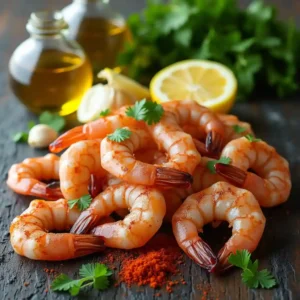





2 thoughts on “Himalayan Salt Block: A Comprehensive Guide”